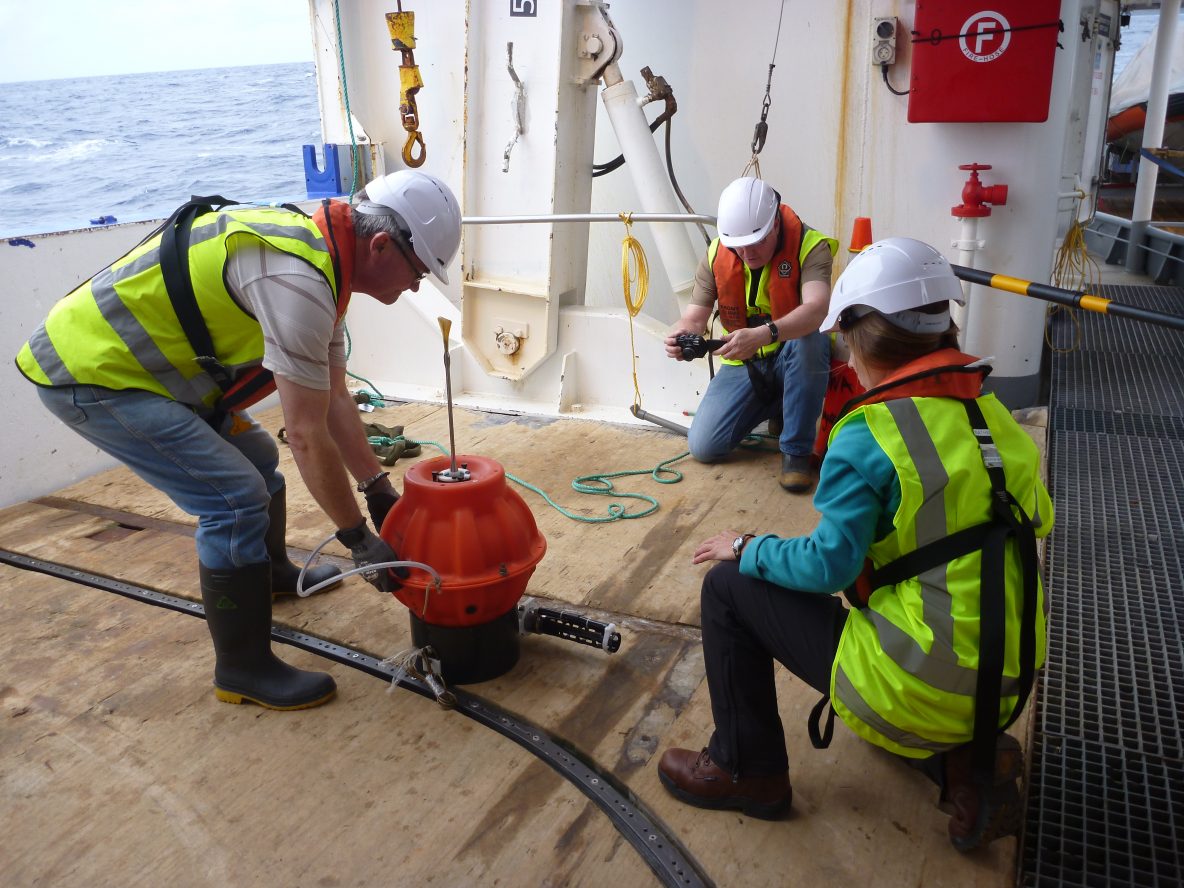Frontiers for Young Minds just published a fun article explaining Argo to the kid in all of us. Thanks to Blair Greenan, Annie Wong, Tammy Morris, Emily Smith and Marine Bollard for helping people of all ages understand how Argo floats work, what they can tell us and why that matters. Click here to read the article.
Argo improves our understanding of the Southern Ocean in NY Times 2021
This interactive article in the 14, December 2021 NY Times describes how Argo floats, including BGC Argo, have helped scientists understand the Southern Ocean.
How much will our oceans warm and cause sea levels to rise this century? We’ve just improved our estimate
An article in The Conversation by Kewei Lyu, John Church and Xuebin Zhang covers their recent article in Nature Climate Change on warming oceans and sea level rise based on 15 years of Argo measurements.
German GEOlino Journal features Argo
The German publication GEOlino published an article on Argo aimed at children. The pdf version is available here.
Earth Reporters: Sea Change
Susan Wijffels talks about understanding the climate In a radio segment on Earth Reporters, Dr. Susan Wijffels discusses Argo data and how it helps us understand the climate.
Argo in NY Times 2020
Argo records warming ocean temperatures A January 2020 NY Times article covers the release of a report on ocean warming which uses Argo data to show that the last five years have been the warmest oceans on record.
Argo in Seattle Times
Paul G. Allen Philanthropies to help fund Deep Argo array A Seattle Times article from September 2017 highlights the agreement between NOAA and the Paul G. Allen Philanthropies to help fund the Deep Argo array. The $4 million grant will fund a Deep Argo pilot array in the Brazil basin.
Argo in NY Times
NY Times calls Argo, “one of the scientific triumphs of our times” The April 2014 NY Times article covers prototype deployments of Deep Argo SOLO-II floats on a R/V Tangaroa cruise off the coast of New Zealand and how measurements from Argo floats can help to better understand and predict climate change.






